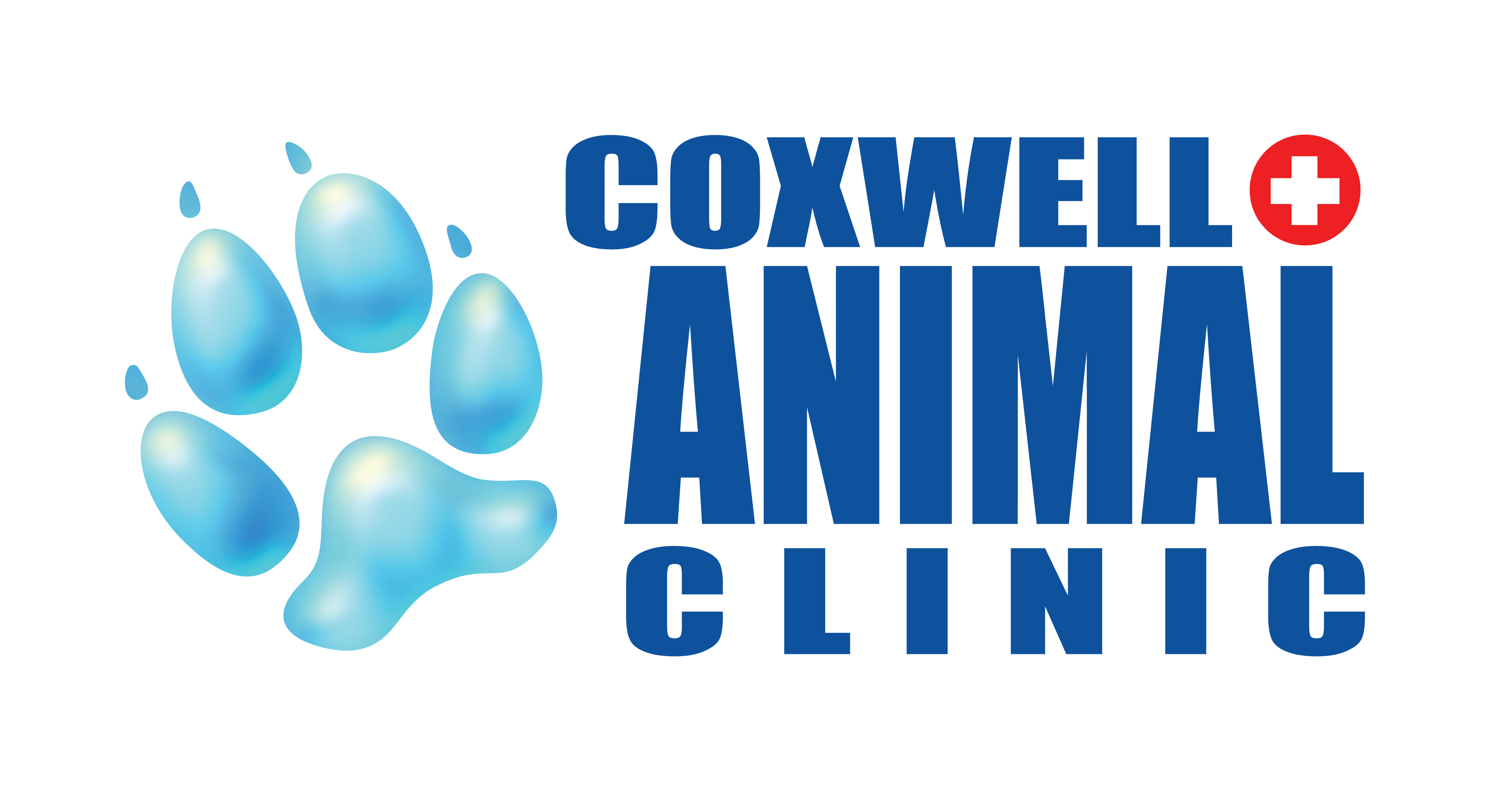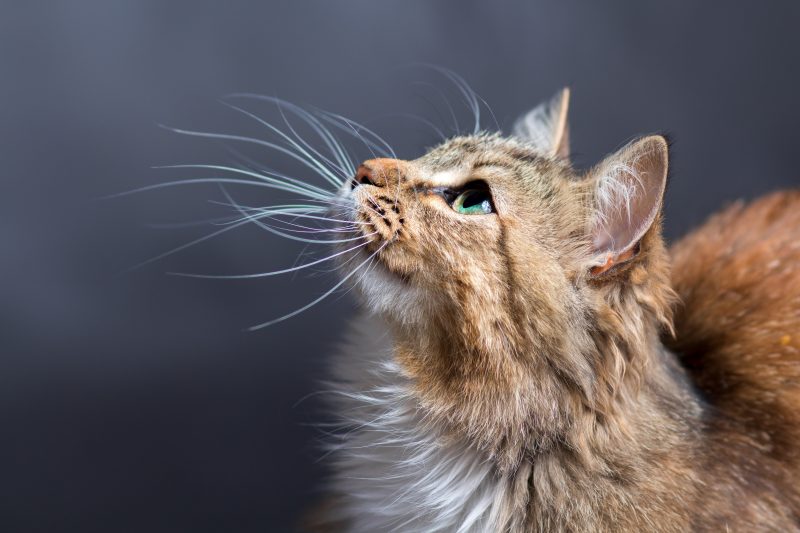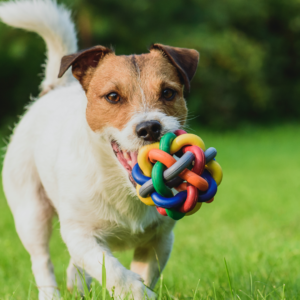What are resorptive lesions and what causes them?
Resorptive lesions may also be known as cavities, though not the same as the ones in humans. As a human, you can get a cavity by eating too many sweets and not caring to brush your teeth after or not brushing well. The sugars left on your teeth are wonderful breeding grounds for bacteria, and that’s how our cavities are formed. But it doesn’t quite seem to work the same way in our fellow furry friends. In fact, research doesn’t really have an exact answer yet as to what really causes them, but problems do arise from having resorptive lesions.
So why should I be concerned with them?
Resorptive lesions are a bigger problem than we may think. They eat away at the tooth until it disappears, which is called tooth resorption. While the part of the tooth that we can see may look normal to the visible eye, tooth resorption usually starts at the gum line or below it, where we can’t see.
A tooth is made up of four components: enamel (the outermost layer), dentin, cementum, and pulp (the innermost layer). Resorptive lesions start eroding at the dentin and eventually becomes irreparably destroyed. This can affect any part of the tooth. The gingiva (gums) around the tooth may be red and inflamed and rise up on the tooth to cover the lesion underneath. If they are left alone, it can also spread to the other teeth around it and cause more trouble. They are commonly found on molars, but they can affect any tooth.
Who can get them?
Resorptive lesions are actually very common and affect a good portion of the cat population. There is no predictable age range as to when they are likely to occur; they can occur at just about any time in their life, even multiple occurrences in their lifetime. This condition isn’t limited to just cats; it has been reported in dogs as well, though not to a great extent.
My cat seems fine and healthy. I didn’t know that this was going on.
Resorptive lesions can actually be very painful. As you may or may not know, cats are masters at hiding, and some dogs are too. Animals aren’t the best at telling us when they are in pain. In fact, showing pain is a sign of weakness for most animals. In the wild, an animal that shows pain may end up being someone’s next meal. However, there are clues and signs to tell if there might be something bothering your pet, though keep in mind that every pet may be different and it’s not limited to just one or two signs and not to be confused apart from what you know as your pet’s normal behaviour.
It may be subtle sometimes, but you may notice that your pet is acting in a different way or there’s a change in routine. Perhaps your pet wants to be left alone or is hiding more; some may also become more aggressive than usual. If you notice your pet unusually drooling a lot or having trouble eating kibble, dropping food from their mouth, or having a preference to eating on one side, it may be an indication that your pet is experiencing some tooth discomfort. It is also not uncommon if you notice that your pet doesn’t feel like eating or is not interested in the food that you’re feeding. And cute as it may be, but some animals will keep their tongue stuck out all the time even if their mouth is closed, and it may be an indication of a tooth problem.
The key is not to wait until a problem arises than to try to fix it. It’s like you going to the dentist regularly to get your teeth checked and cleaned. And one day, the dentist tells you that your wisdom teeth will cause you problems in the future because they are growing sideways and will touch your nerves eventually, which will cause your mouth to be in a lot of pain. So it’s best to pull them out now while you haven’t reached that point yet. Personally, I opted for not waiting until my mouth experienced excruciating pain and got my wisdom teeth pulled out when my dentist told me exactly that. Similarly, since we are not the best at assessing our pet’s health in its entirety and our pets, in turn, aren’t the best at telling us how they are feeling, regular visits to your veterinarian and having annual dental exams can also help catch these problems before they arise or get more serious. In this way, your veterinarian will also be able to keep better tabs and progress on your pet’s overall health.
What should I do now? Can I just brush its teeth and it’ll go away?
Don’t hesitate to drop by to see your veterinarian and book an appointment for a dental exam. In order to see what’s really going on beneath the gum line, dental radiographs are important in deciding whether further action needs to be taken place in order to treat the tooth. Unfortunately, brushing a tooth with a resorptive lesion doesn’t cure it since your toothbrush doesn’t reach below the gum line. But it is a good practice to learn and uphold in order to ensure your pet’s health is as good as it can be, as well as a good way to bond with your pet.
The only way to “treat” a resorptive lesion is to pull out the tooth. The earlier it is discovered and pulled out, the less damage to the surrounding area and the shorter amount of time your animal will be in pain and discomfort.
How can I prevent them then?
Since there is no definitive answer to a cause, there is little known about how to prevent them. However, keeping good oral and dental health and hygiene comes a long way for both you and your pet. By brushing your pet’s teeth daily, providing the right nourishment and proper toys and chews, and having a veterinarian assessing your pet’s health regularly, dental disease can be minimized, and other health problems associated with and as a result of dental disease can be prevented.
Written by Vivian Ng, RVT




